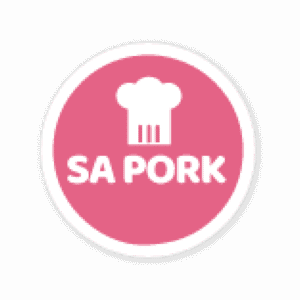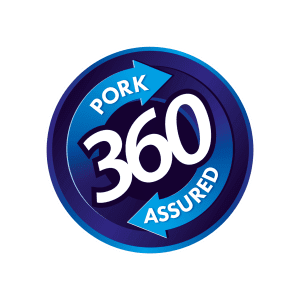Source: Pig333.com, 15 September 2020, photo credit: KPMG International
Infected, surveillance, and buffer zones have been established along with restriction measures for each zone.There are 18 farms in the core and surveillance zones.
Following the confirmation of ASF in the Spree-Neisse district (Brandenburg), the Crisis Centre for Animal Disease Control and the crisis centers in the Spree-Neiße, Oder-Spree and Dahme-Spreewald districts, together with a group of experts, agreed on the areas to be placed under restrictions.
A “infected zone” with a radius of three kilometers was created and secured with electric protective fencing around the area in the district of Sembten, in the municipality of Schenkendöbern. The construction of the fences started last Friday afternoon. The surveillance area covers a radius of 15 km and is marked with signs and information panels. There is also a defined buffer zone with a 30 km radius. The following measures have been taken in the surveillance zone (15 km):
- Hunting ban for all animal species so as not to unnecessarily scare off potentially infected wild boars.
- Intensive search for wild boar by trained personnel with the participation of local hunters.
- Retrieval and safe disposal of all wild boar carcasses in hygienic conditions. Collection points have been established.
- Review of compliance with biosecurity measures on pig farms.
- Review of provisional restrictions on work in agricultural and forestry areas (harvest ban for corn fields).
- Prohibition of events involving pigs.
- Identification of hunters who are also domestic pig farmers.
- Information and training for hunters.
According to the information available, there is one pig farm in the infected zone while in the surveillance zone there are 17 farms. The movement of animals is prohibited for these farms and appropriate sampling will be carried out.
September 11, 2020/ MSGIV/ Germany.
https://msgiv.brandenburg.de
The South African Pork Producers’ Organisation (SAPPO) coordinates industry interventions and collaboratively manages risks in the value chain to enable the sustainability and profitability of pork producers in South Africa.








